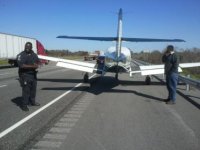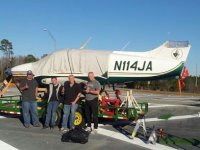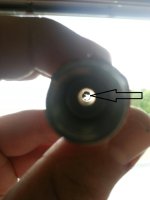Re: Cat Island
Interesting commentary. This is ultimately all about risk, threat, probability and costs to remediate after risk event occurs. With an open ocean crossing on a low time engine, the remediation of an engine failure is all about insurance. From a personal threat perspective, as others have mentioned, warm waters, life vests, raft, US Coast Guard, etc, the threat is manageable. However, the aircraft will be written off. As we have seen in other postings, not a lot of Commanders out there to replace your baby. Insurance remediation after an off airport landing on ground is probably going to get your baby back in there air (most cases, assuming that the bird doesn’t hit something on the ground).
Call me an overly risk adverse Canadian Canuck, but I don’t think I would undertake a riskier flight (over water, marginal VFR [I’m not IFR]) with a new engine. But to each their own. It’s all about personal limits.



